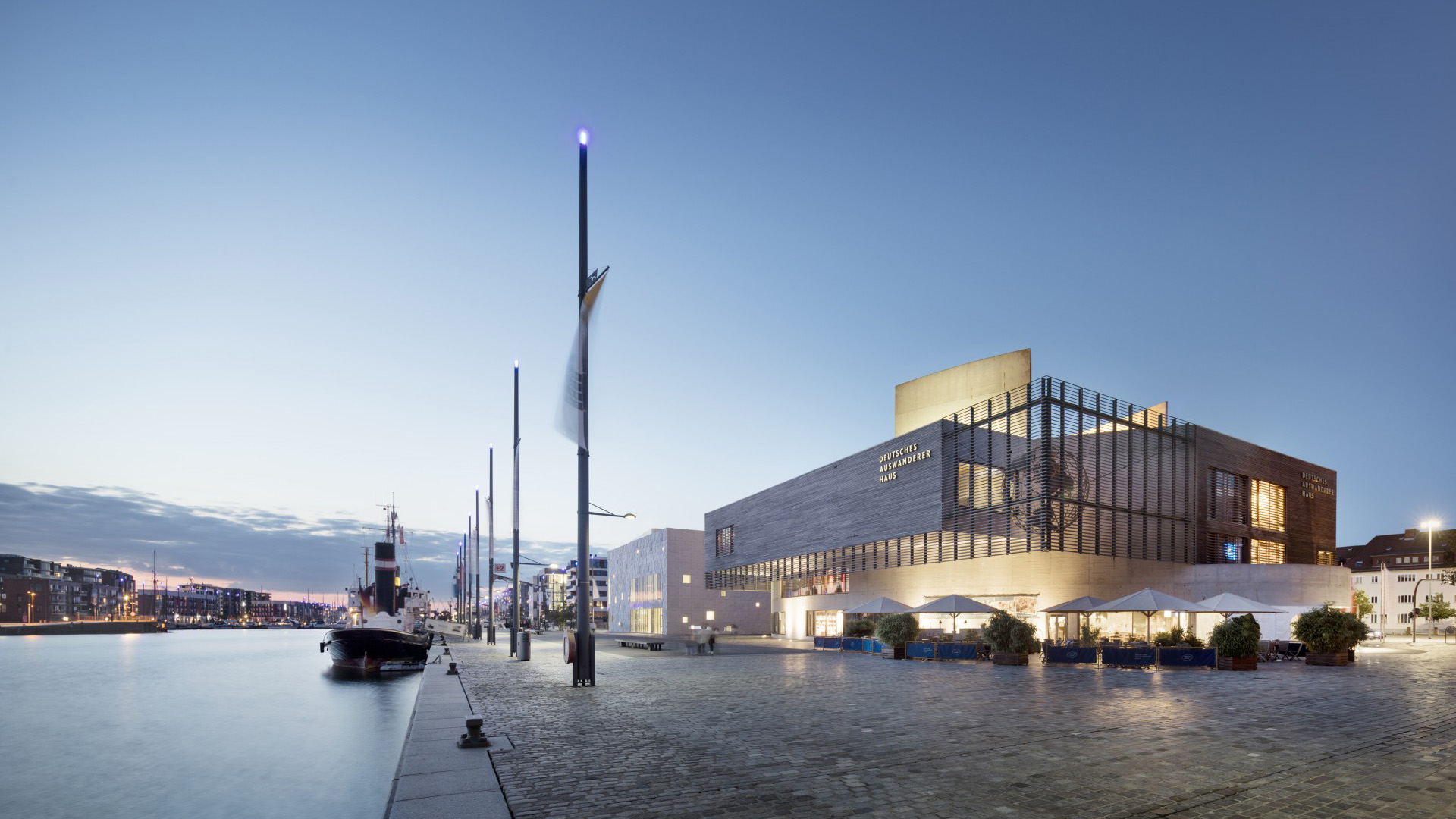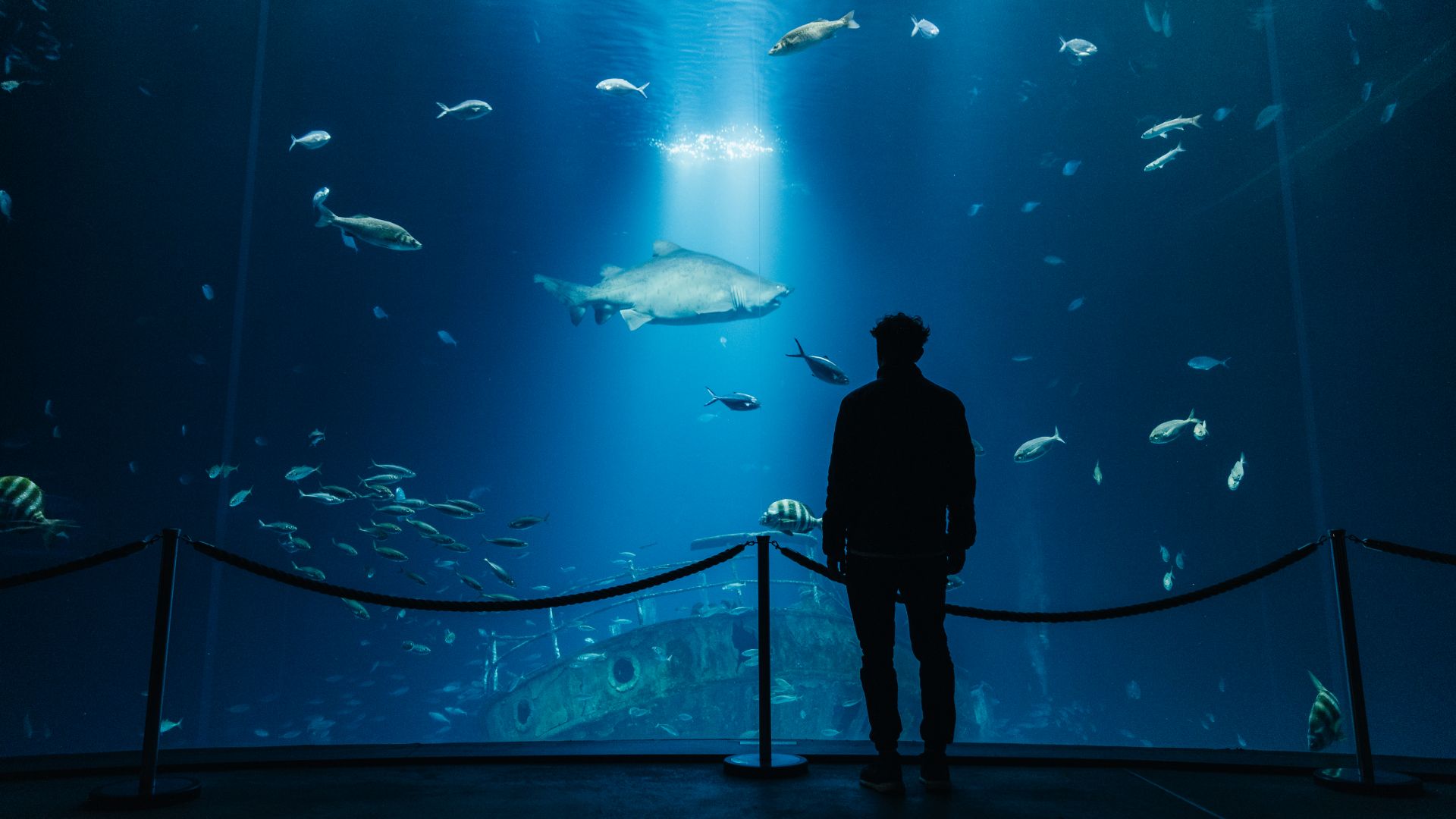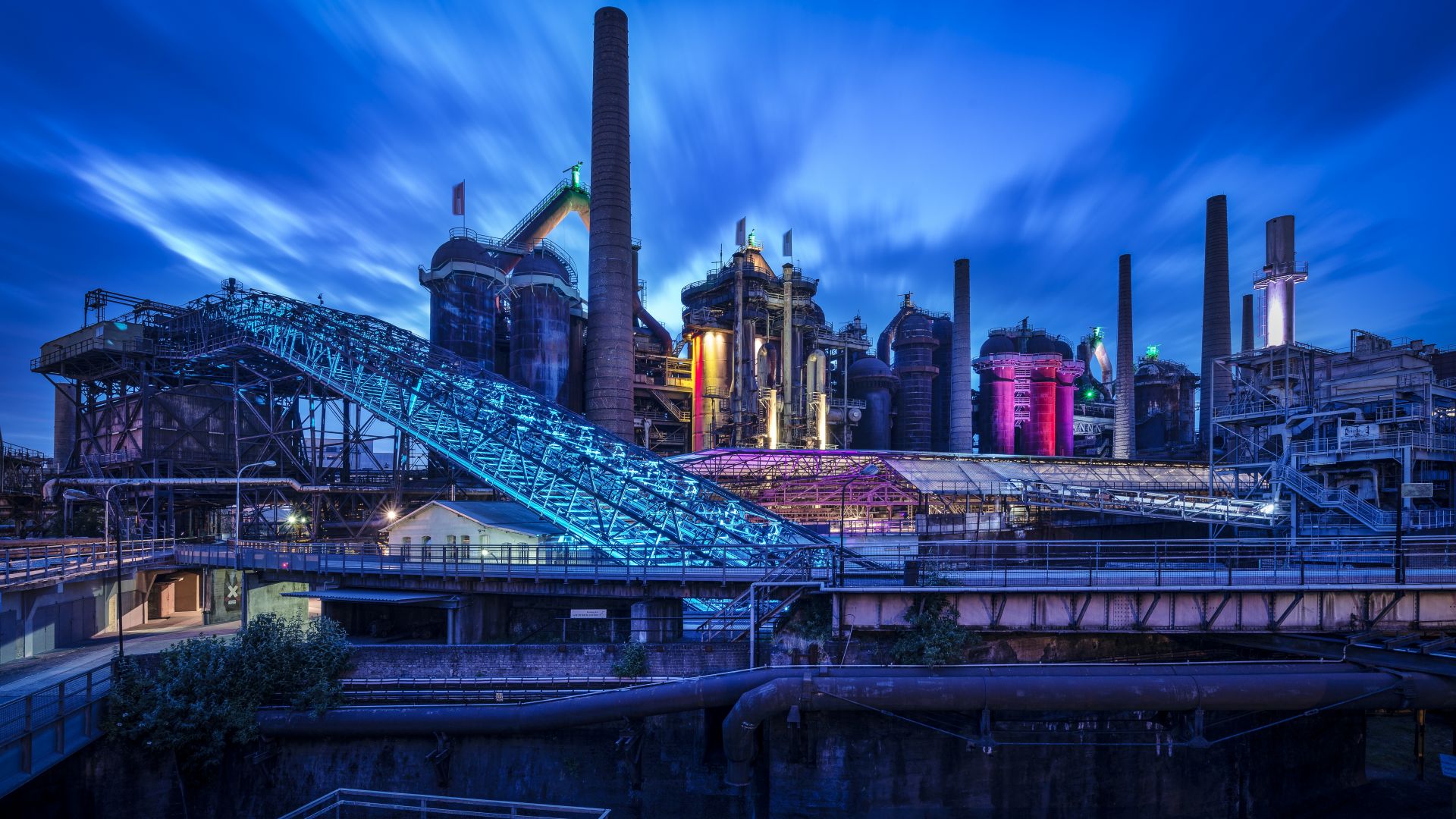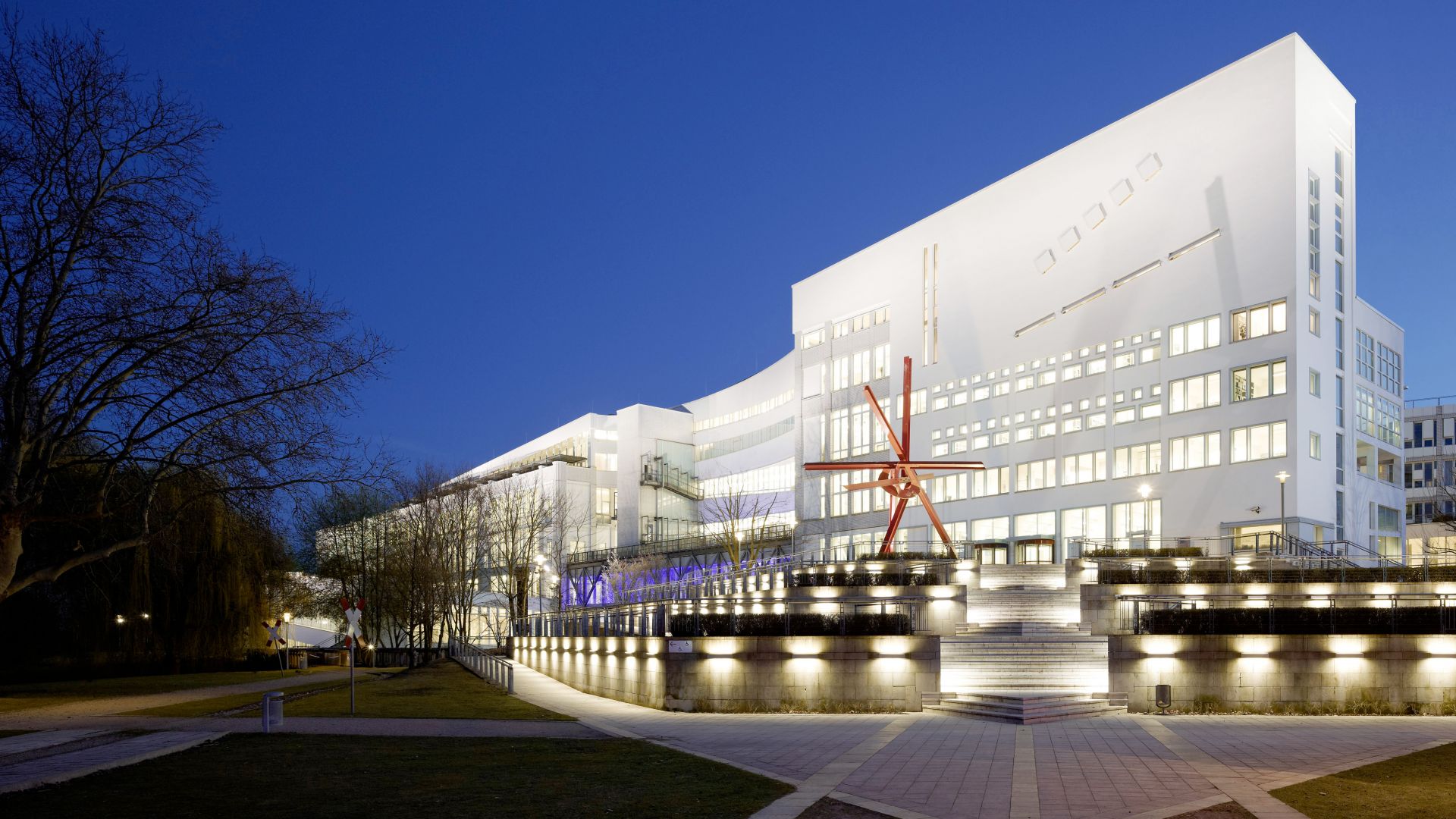Cities & Culture
Outstanding museums with the highest praise
Europe is home to tens of thousands of museums, but only one per year is awarded the title of 'European Museum of the Year'. Such an award is therefore tantamount to a cultural knighthood, similar to achieving UNESCO World Heritage status.
German Emigration Centre Bremerhaven: the tales of migrants, up close and personal
 German Emigration House
©Werner Huthmacher
German Emigration House
©Werner Huthmacher
This museum's courage to be the first museum in Germany to devote itself wholeheartedly to the subject of migration was not only rewarded with a high level of public interest from the outset, but also won itself the award of 'European Museum of the Year 2007'. In particular, the jury praised the "emotional communication of history through installations". And indeed: this museum invites visitors to follow the life of a real migrant using all five senses. The journey starts at the harbour where seagulls screech overhead, and continues onto a ship and down to the bunks where fellow travellers snore. Across many stations, visitors can hear about the experiences of "their" emigrants – Bremerhaven was the largest emigration harbour in continental Europe for several decades in the 19th century. With the opening of the museum extension in 2021 came even more to discover, with six new exhibition rooms with more than 400 objects and over 200 additional audio texts and video interviews. Another unique feature of the German museum landscape are its new critical thinking stations that can be used intuitively during the exhibition tour "to question fundamental principles". In short: it's a little different.
Ozeaneum Stralsund: penguins in the water, whales on the ceiling
 Baltic Sea Coast Hiking Trail: OZEANEUM Stralsund
©German Roamers (Hannes Becker)
Baltic Sea Coast Hiking Trail: OZEANEUM Stralsund
©German Roamers (Hannes Becker)
The German Oceanographic Museum Foundation operates four museums in and around Stralsund: the German Oceanographic Museum, whose refurbishment will be completed in 2024, the Nautineum, the Natureum and the Ozeaneum, wich was named 'European Museum of the Year 2010'. The natural history museum made of white ship steel located at Stralsund harbour is a source of inspiration not only for experts, but also for millions of visitors. In addition to the 'hardware' – namely its 50 aquariums, some of which are huge, and impressive penguin enclosure – visitors particularly enjoy the 'software'. The key word here is modern educational content, involving an employee diving into the pool to demonstrate something to the public behind the glass. The spatial installation on plankton at the centre of this Baltic Sea exhibition is also impressive. A highlight, in the truest sense of the word, is Greenpeace's permanent exhibition there: "1:1 Giants of the Sea ". A life-size 26-metre-long blue whale and a sperm whale in battle with a giant squid hang from the ceiling. You can also listen in awe to their songs and sounds from the comfort of a sun lounger. The 'Children's Sea' section is all about smaller animals. There, the youngsters are allowed to touch hermit crabs, mussels and starfish – and shark eggs.
Völklingen Ironworks: a full house in industrial ruins
 UNESCO World Heritage Site Völklingen Ironworks
©Lookphotos (Günther Bayerl)
UNESCO World Heritage Site Völklingen Ironworks
©Lookphotos (Günther Bayerl)
The Völklingen Ironworks is the world's only completely preserved ironworks from the golden age of industrialisation. That it was awarded UNESCO World Heritage status was almost inevitable. You only need to take one look at it to understand why. Where chimneys smoked and deafening noise governed everyday working life until 1986, today the space is used for concerts, festivals, guided tours and high-profile temporary exhibitions. So there's still plenty going on on the site today. This is particularly true of the Ferrodrom experience, which authentically presents the themes of iron and steel, thanks to the original setting. A fire tornado, magnetic games, a smoke screen and around 100 other experimental stations are located in the former burden shed (Möllerhalle), in the hut laboratories and in the Ferrodrom outdoor area. In case anyone loses track of how the pig iron was actually extracted during their tour around dozens of staircases and corridors, along the coking plant and blast furnaces, they can recreate the whole thing in the simplified miniature version of the Ferrodrom with beans (instead of iron ore) and with matching cranks, fans and ramps. So everyone can understand the basics of smelting.
Technoseum Mannheim: get to grips with industrialisation
 Mannheim: Technomuseum
©DZT (Zooey Braun Fotografie)
Mannheim: Technomuseum
©DZT (Zooey Braun Fotografie)
' Technoseum ' – it sounds like techno or electronic music. Given its location in Mannheim, named by UNESCO as a 'City of Music', you'd be forgiven for thinking so. Nowadays the building, named 'European Museum of the Year' in 1992 and decorated entirely in chic white, isn't all about fast beats – but there are still all kinds of music inside! This former 'State Museum of Technology and Work' underwent not only a name change in 2010, but also a facelift including expanding its space, and it offers a journey through the history of industrialisation. Staged living and working conditions illustrate the impact of technical innovations on life since the 18th century. Hands-on learning is expressly encouraged at more than 100 interactive experiment stations! Plus, in recent years, the core areas Elementa 1 to 3 have been joined by additional rooms on automotive engineering and media history. Since 2020, there has also been an exhibition on the hot topic of energy.